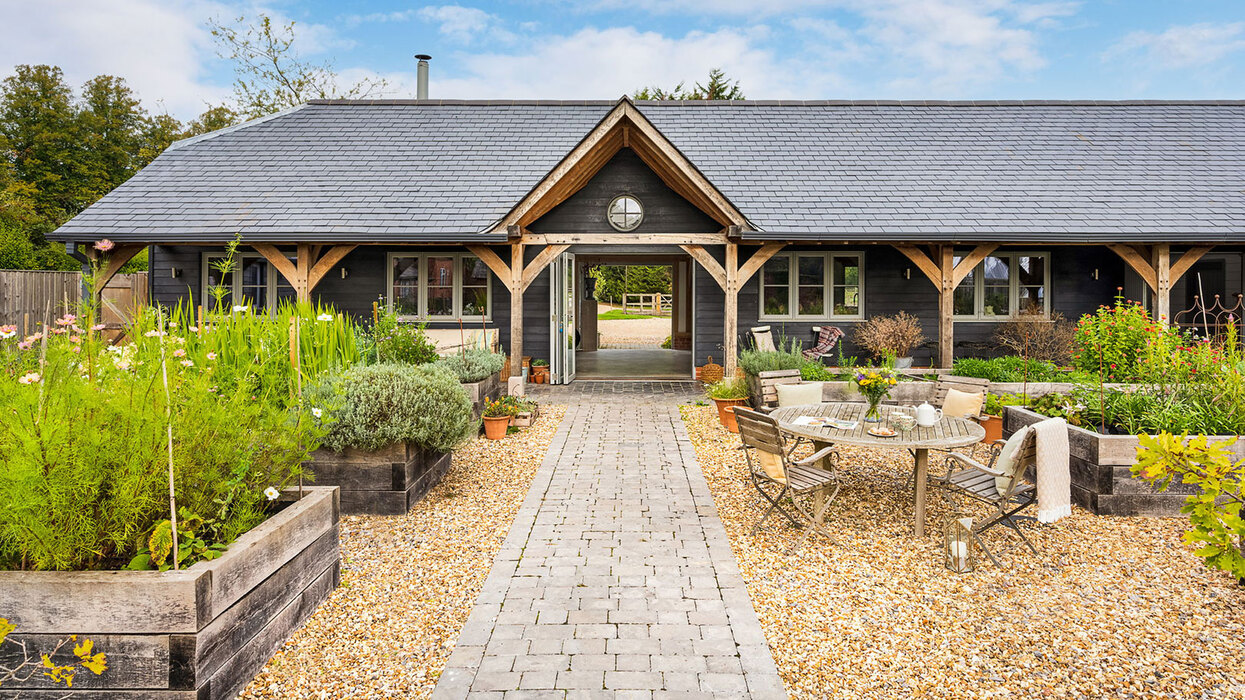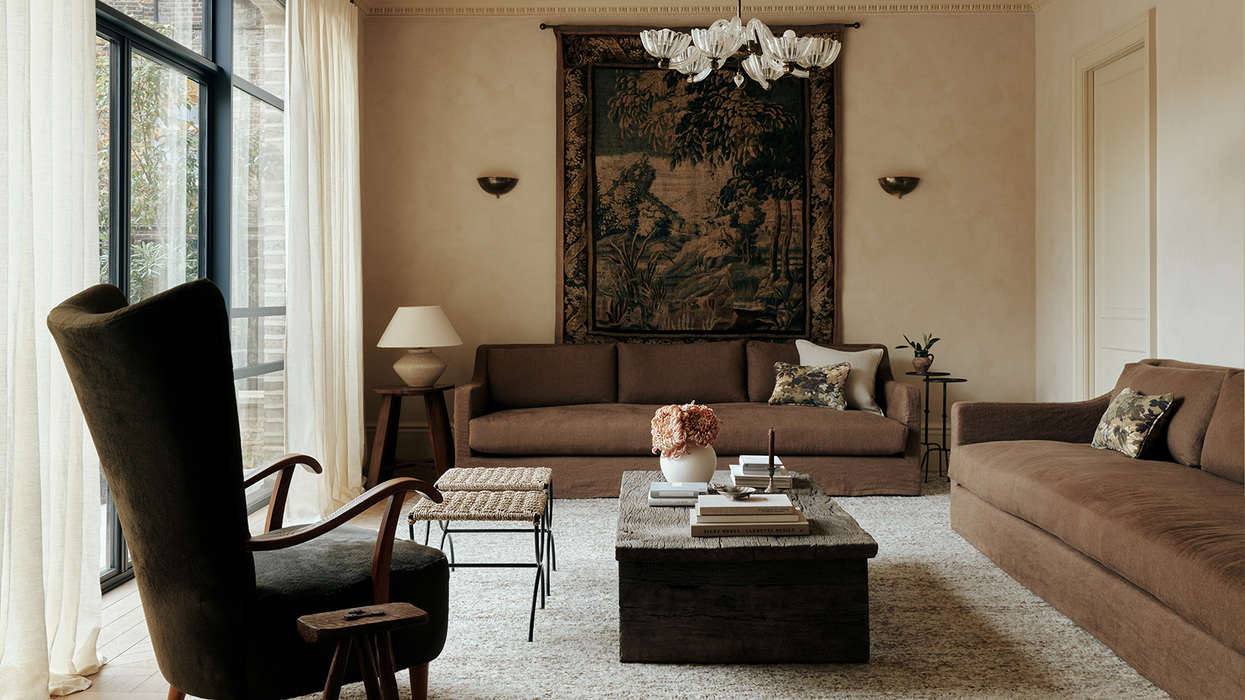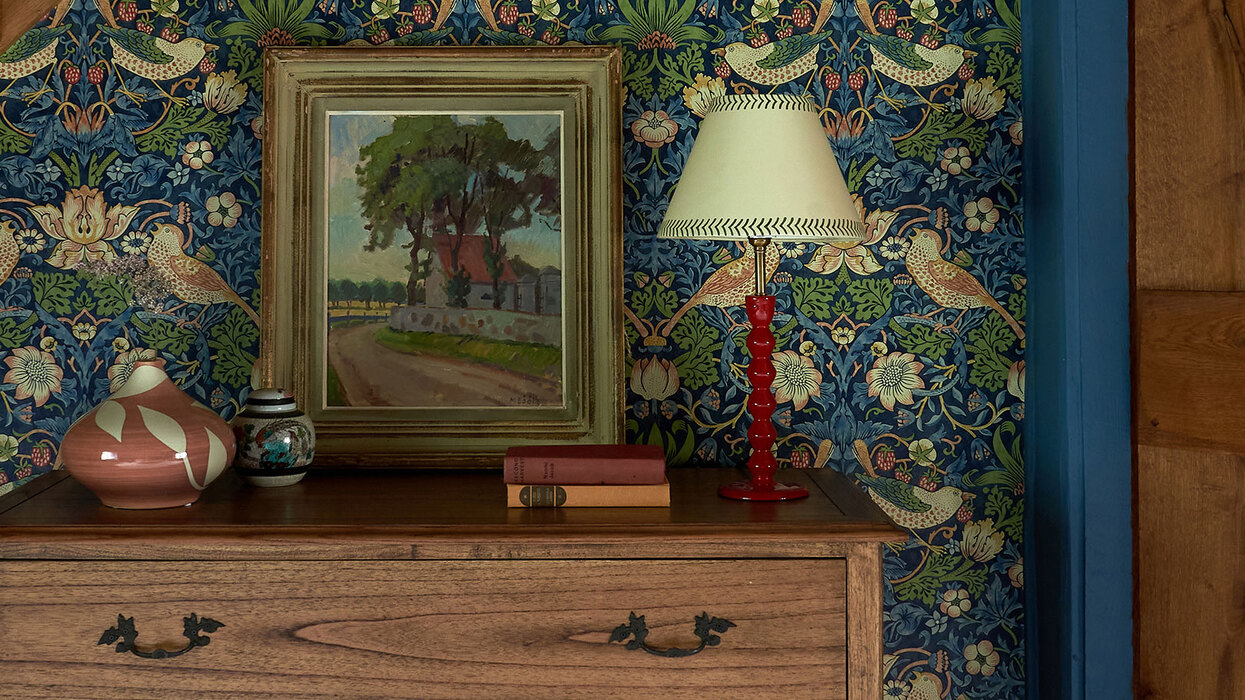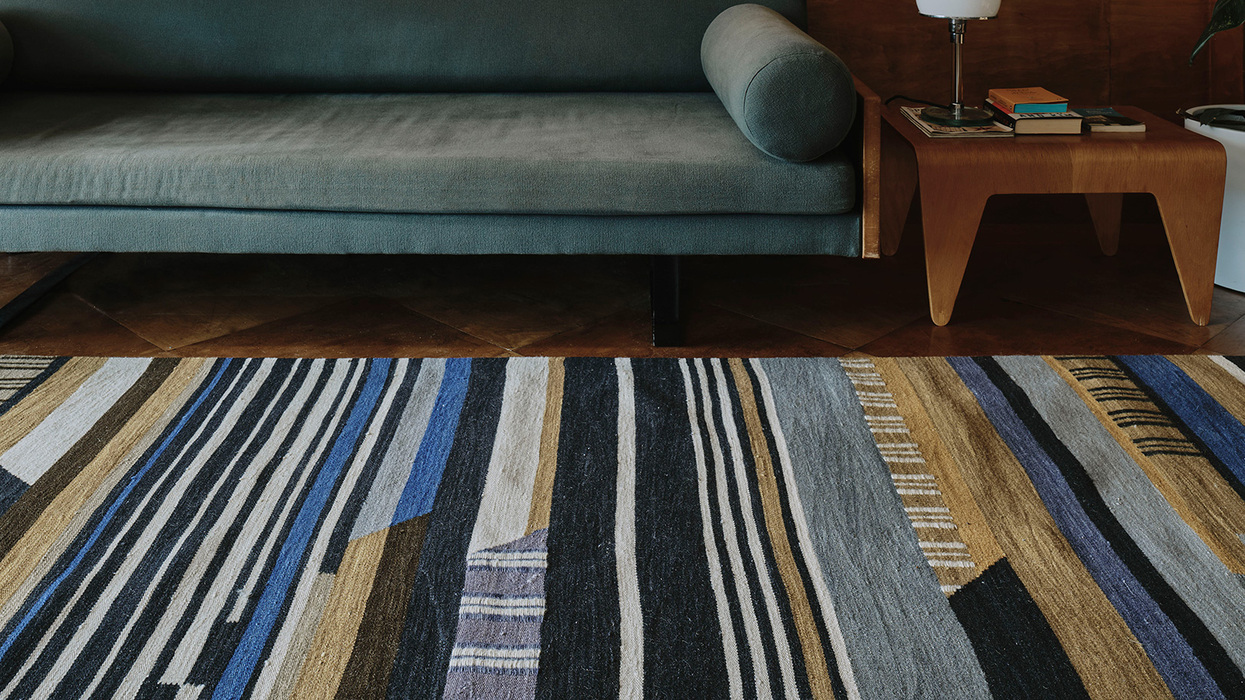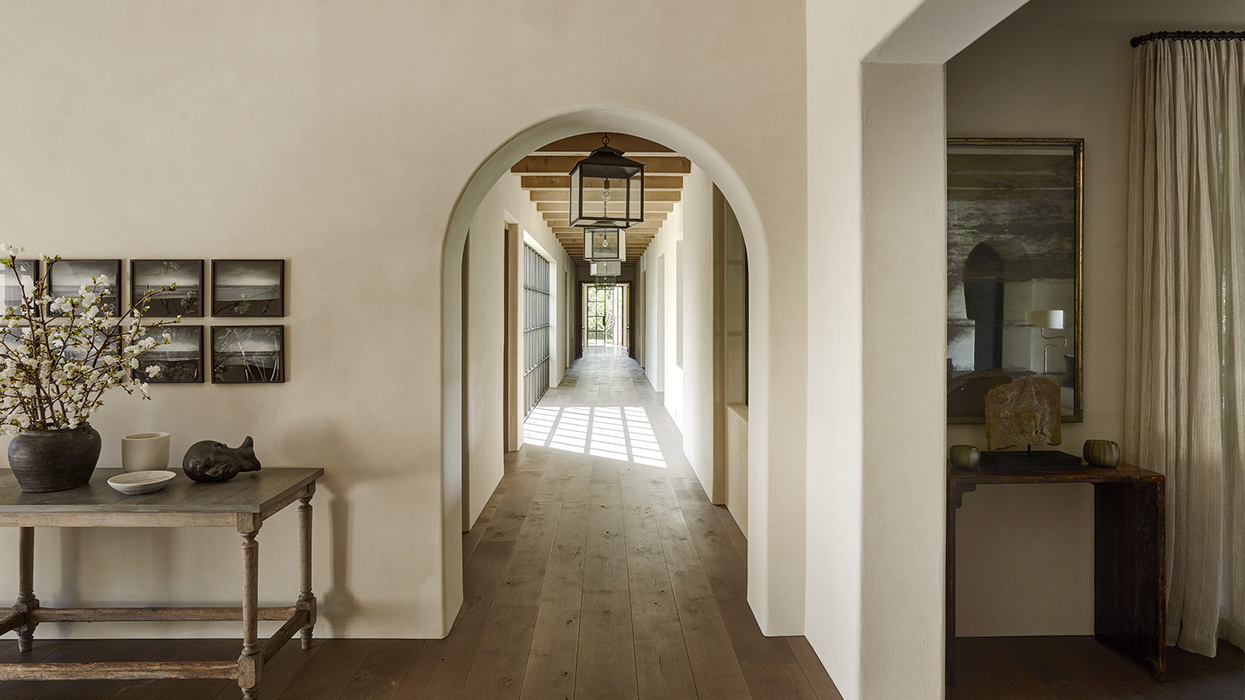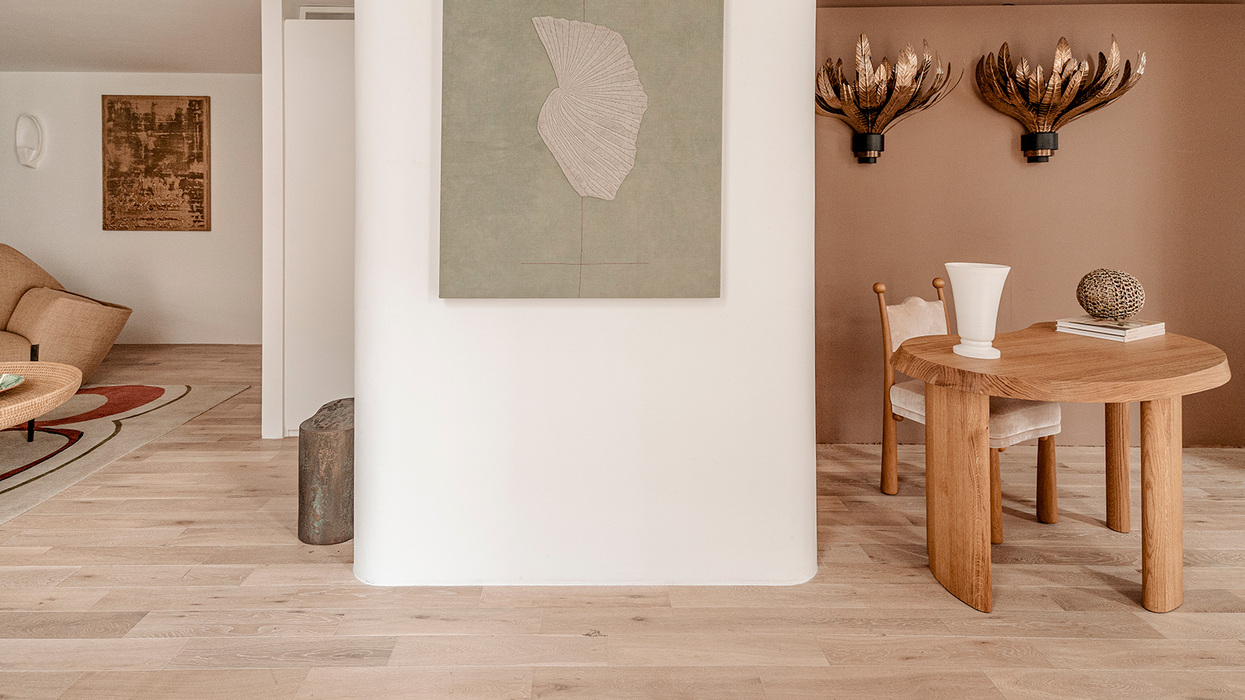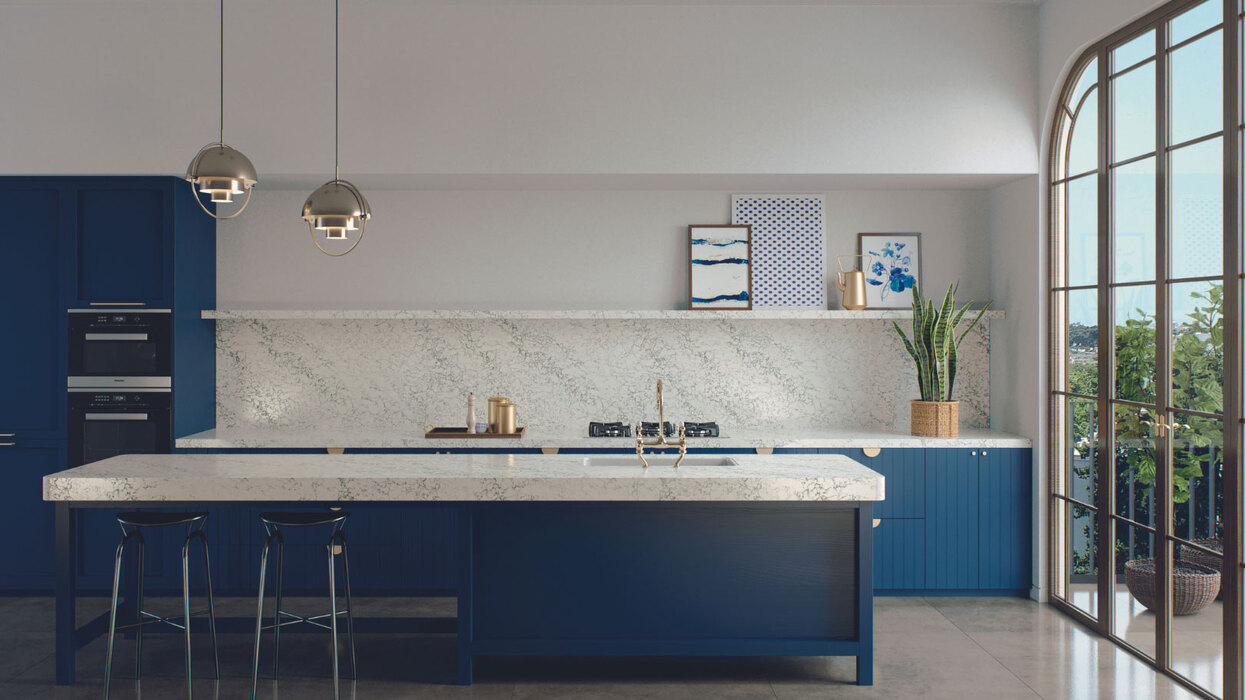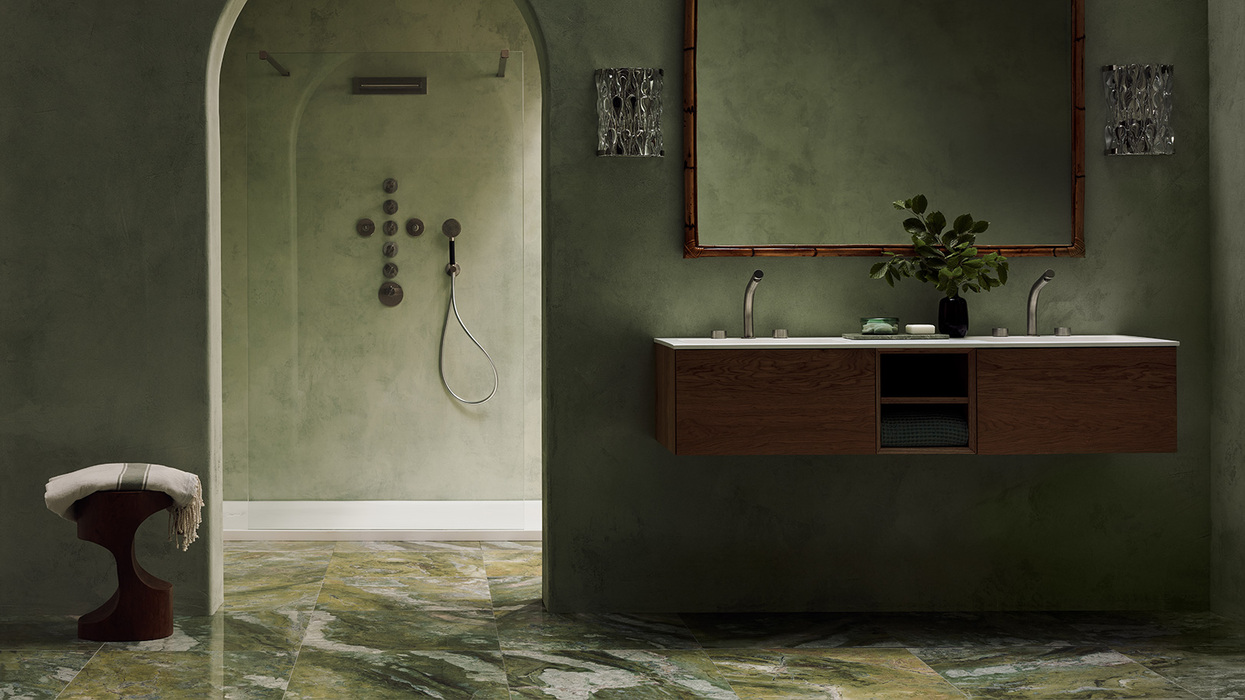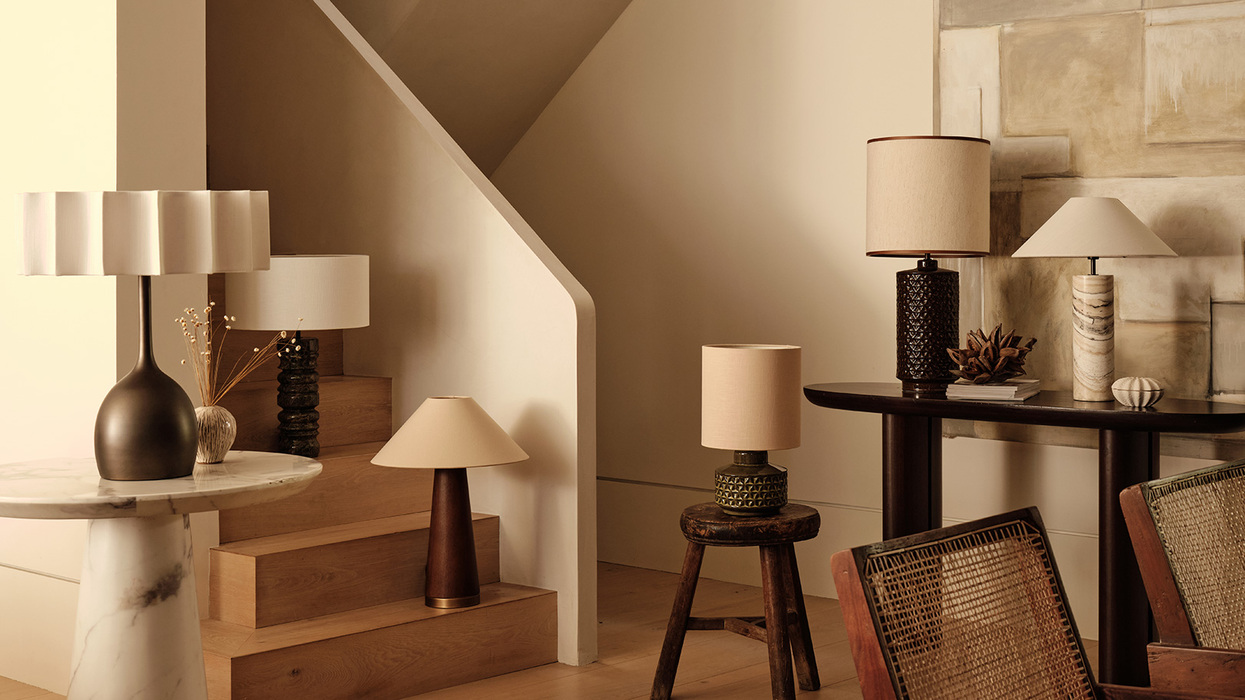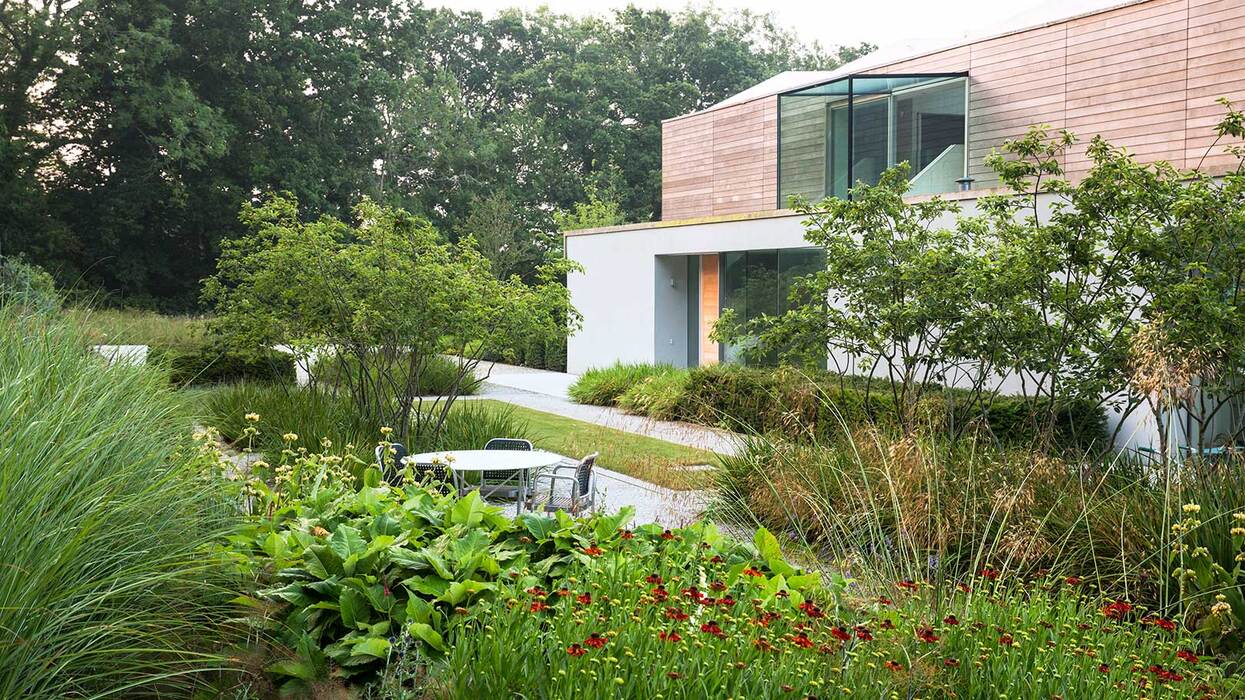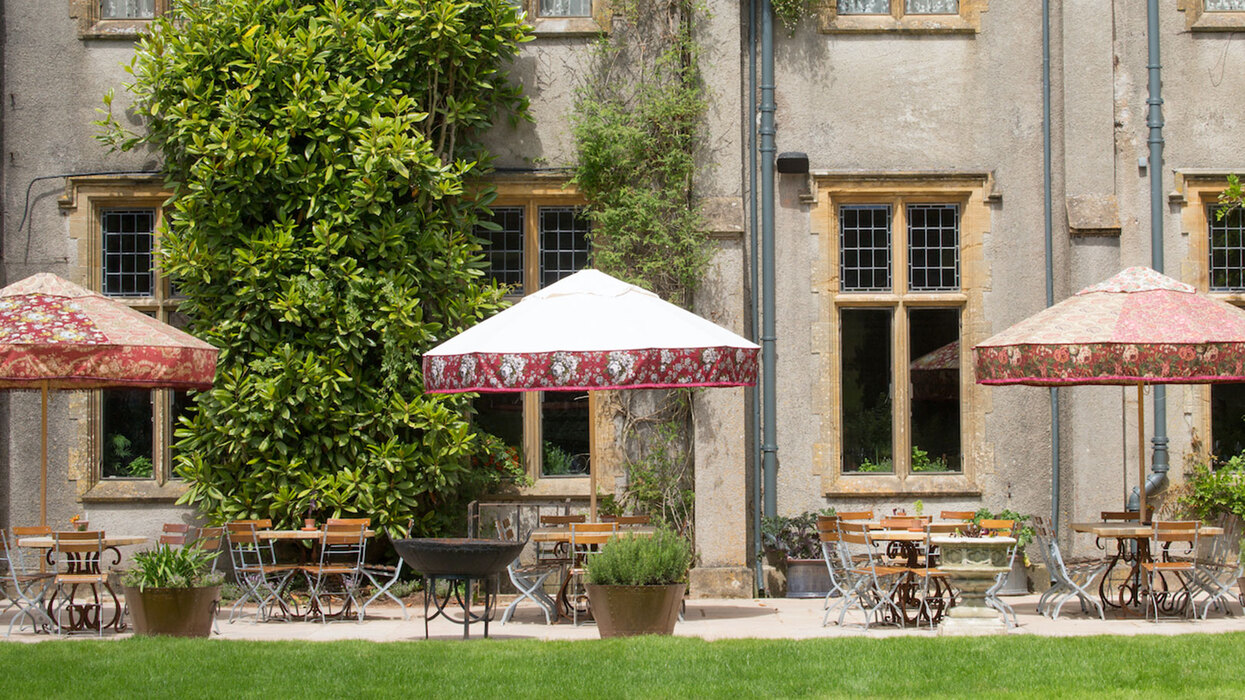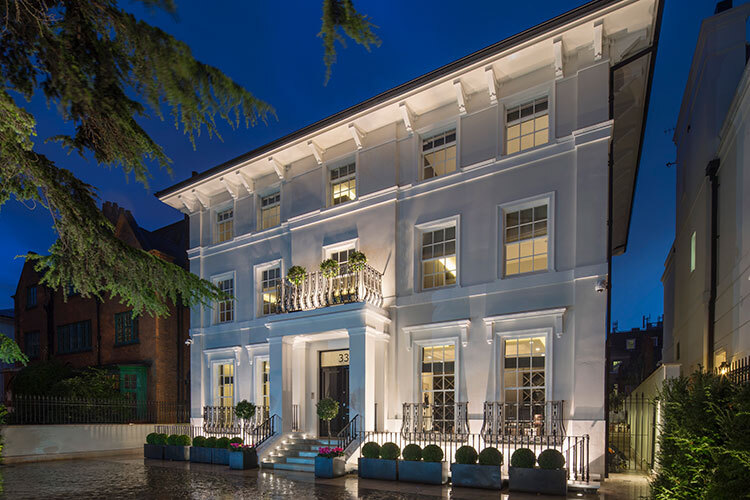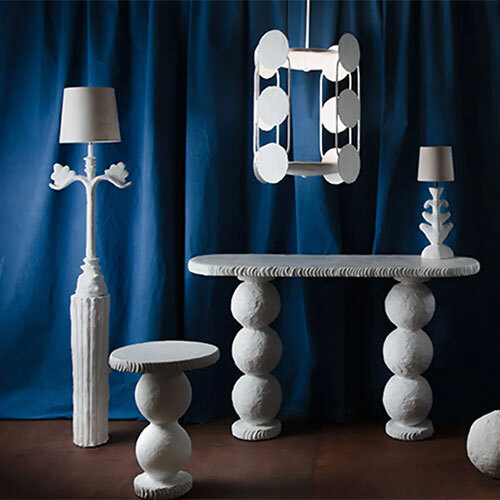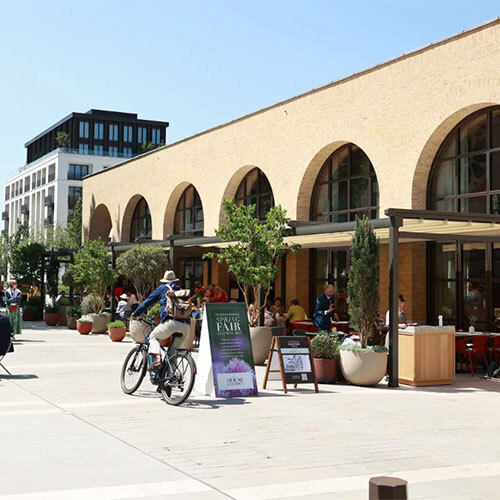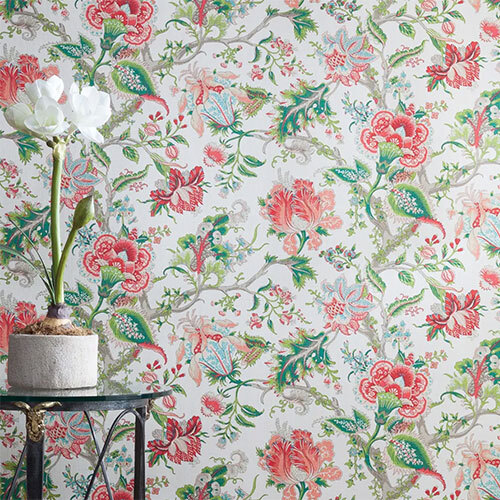- Architecture
- Decoration
- Flooring
- Interior Design
- Kitchens & Bathrooms
- Lighting
-
- By Region
- United States
- Europe
- Outdoor Living
- Property
- Architecture
- Decoration
- Antiques
- Artwork
- Beds & Beddings
- Bespoke Furniture & Storage Solutions
- Curtains & Soft Furnishings
- Decorative Finishes
- Fireplaces
- Furniture Restoration
- Ready to Buy Furniture
- Hardware
- Home Accessories
- Home Technology
- Mirrors
- Painters & Decorators
- Paints & Wallpapers
- Reclamation & Salvage
- Shutters & Blinds
- Tableware
- Textiles
- Upholstery
- The List U.S.
- Flooring
- Interior Design
- Kitchens & Bathrooms
- Lighting
- Outdoor Living
- Apply to Join
- Follow
- Apply to Join
- Follow
- Architecture
- Decoration
- Flooring
- Interior Design
- Kitchens & Bathrooms
- Lighting
-
- By Region
- United States
- Europe
- Outdoor Living
- Property
- Apply to Join
- Follow

